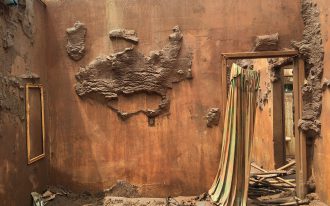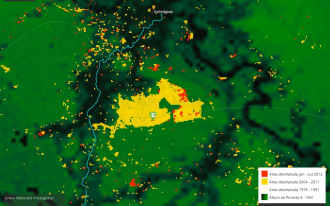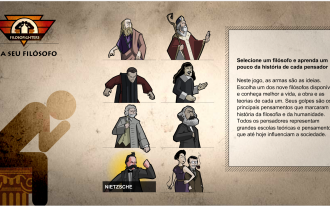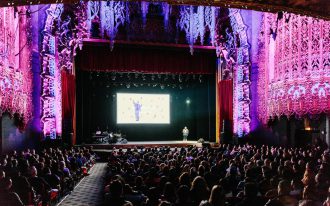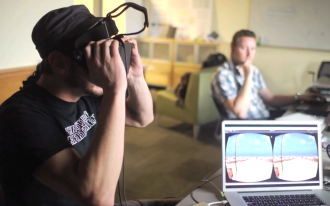Andre Deak works as a multimedia producer at the Brazilian digital agency Liquid Media Lab. The Lab’s projects aim to create social impact and change. He teaches innovative storytelling at the Department of Journalism at ESPM and is the coordinator of Hybrid Formats Lab.
Hybrid Journalism
This playlist includes projects which made me understand that journalism could take so many different forms, merging with other fields such as activism, marketing, video games, and storytelling. When something like this happens, I call it “hybrid journalism.” The result can be grafitti, infographics, geolocated media, artistic interventions on the streets… Anything could fit, as long as a part of it is based on the premise of journalism.
I was there at the beginning of the internet. During those days, these were the type of narratives we all dreamt of. Here are some projects I show to my students which always receive the same reaction: Wow!
